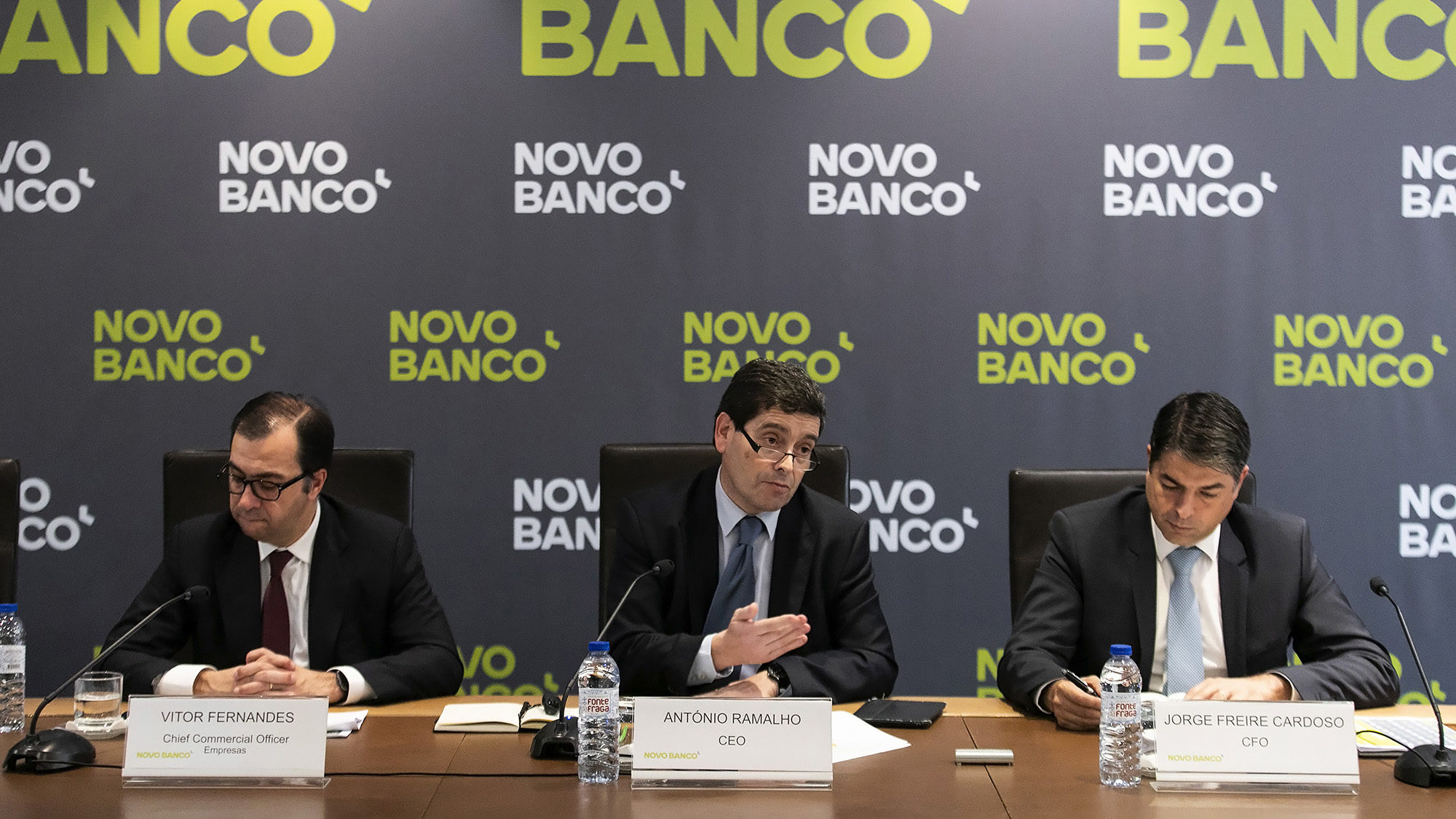Country’s indebtedness up to €720bn in January
The Portuguese economy's indebtedness (not including the financial sector) was high by the beginning of the year. It went up due to an increase in indebtedness in the public sector.
The Portuguese economy’s indebtedness increased to €720bn in January, up from €716.1bn in December 2018, which translates into a €3.9bn difference, the Bank of Portugal revealed this Thursday.
In comparison to the same month last year, the indebtedness seems to have plateaued, as in that time it stood at €719.7bn.
“If compared with December 2018, there is an increase of €3.9bn. That increase was a result of a rise of about €3.8bn in the public sector’s indebtedness level, and an increase of €0.2bn in the private sector’s indebtedness level”, the Portuguese central bank noted.
Public debt has started off the year increasing mostly due to the emission of syndicated debt at the beginning of 2019, in an operation that helped the state get a €4bn in funding.
As for the private sector, households and companies had a very different behaviour at the beginning of the year. The central bank noted that there was a €400 million increase in companies debt, and a decrease in households’ indebtedness, which went down by €200 million”.
The behaviour of Portuguese families occurs in a time when the Central bank has repeatedly shown its concern regarding the indebtedness level of the private sector. The banking regulator has already tightened up the rules on housing credit concession, as well as imposed a limit to the effort rate in the bank mortgage payments. The beginning of the year was also marked by a fall in loans for home purchases.
This update on the indebtedness level of the private sector includes much more information than the one released earlier this month by the Portuguese banking regulator, especially when we look at loans for home purchases. It includes a more thorough list of investors — thus not exclusively evaluating the financing level given by the banking sector — including as well the consumer credit.
The non-financial sector’s indebtedness level includes the debt pile of the companies which are part of the public and private sectors, together with the households’ indebtedness.
The financial institutions’ indebtedness is not taken into account for these calculations.
Public and private indebtedness increased to €720bn, of which €320.8bn came from the public sector, and €399.2bn from the private sector.
By February 21, the Bank of Portugal revealed that the economy’s indebtedness to GDP ratio stood at 357% by the end of 2018. The publication of new data for the Portuguese GDP later on, corrected that ratio to 353.3%, amplifying the fall in comparison to the previous year.




